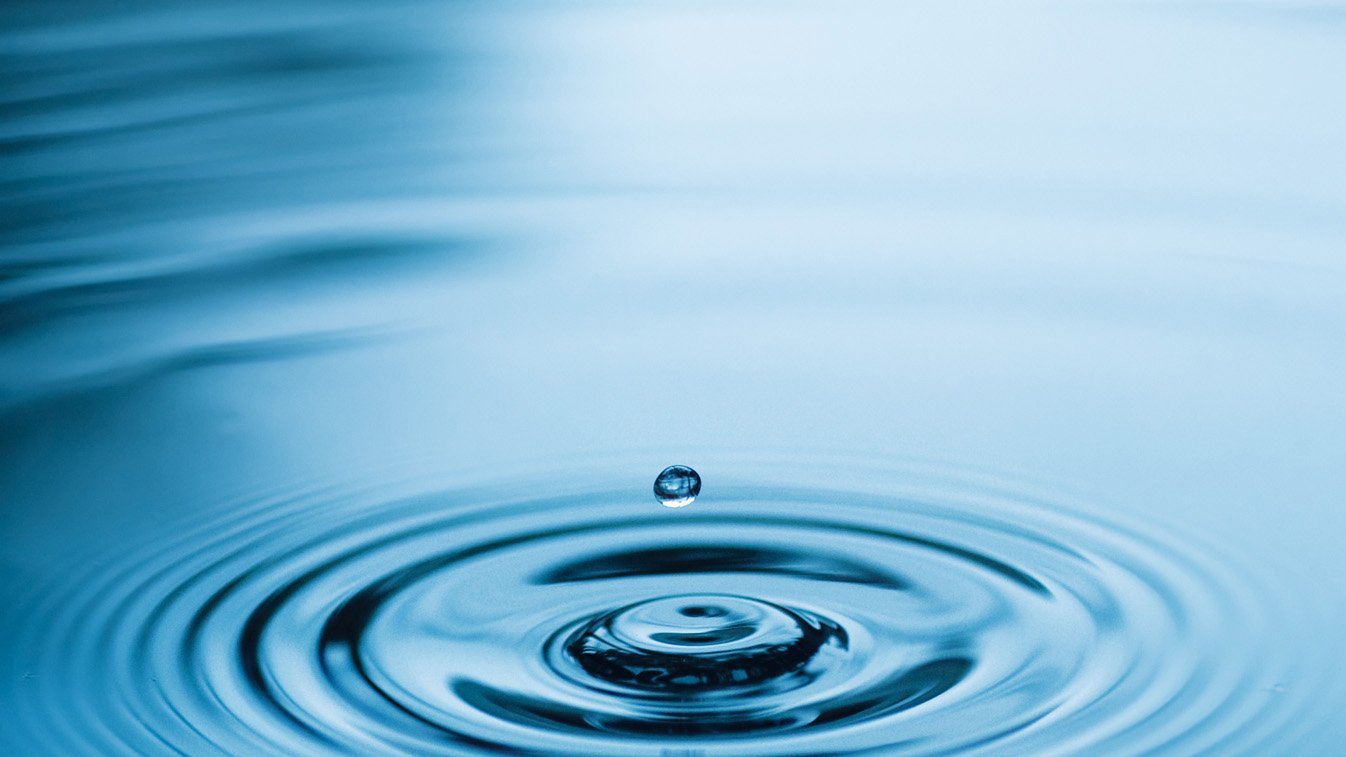
The basic components (monomers) of polyacrylates are acrylic acid esters. With the C=C double bonds, this molecule can be polymerized into long-chained polyacrylates. If, instead of acrylic acid esters, methacrylic acid esters are used, polymethacrylates are created.

Usually, it is not acrylic acid itself that is polymerized, it is the acrylic acid ester, whereby in the monomers the hydrogen atom of the -COOH group is replaced by a different R-group. Possible modifications are: alkyl-, polyether- and polyester- chains. The acid group can also be neutralized with an amine. Reactive groups (e.g. OH) can also be incorporated into the side chains; such modified acrylate additives can be integrated into the coating film matrix during the cross-linking reaction of the binder. The molecular weight can be varied over a wide range; the number of monomer units is typically between 40 and 800. Using just one type of monomer for the polymerization produces homopolymers, whereas co-polymers are created if several different types of monomers are used.
For liquid coatings, the polyacrylates are available either as a solvent-free additive (100 %) or in a diluted form (~50 %). For use in powder coatings, the polyacrylates are absorbed onto inert carriers (acrylate content ~60 %).
On this website we use cookies and similar functions to process end device information and personal data. The processing is used for purposes such as to integrate content, external services and elements from third parties, statistical analysis/measurement, personalized advertising and the integration of social media. Depending on the function, data is passed on to up to 9 third parties and processed by them. This consent is voluntary, not required for the use of our website and can be revoked at any time using the icon on the bottom left.